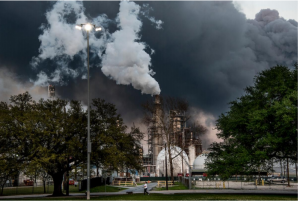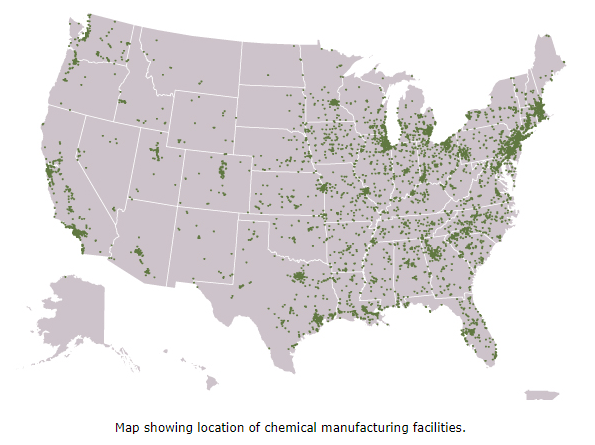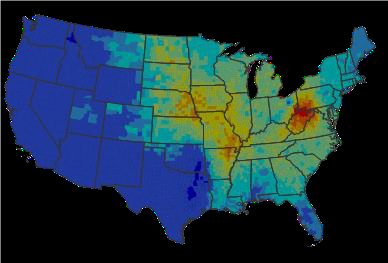Americans are already speaking out in droves against the Trump Administration’s proposal to roll back America’s Clean Car Standards.
The proposal, if finalized, would increase pollution by billions of tons, cost consumers hundreds of billions of hard-earned dollars at the gas pump, and attack long-standing state leadership on clean cars.
The Environmental Protection Agency (EPA) and the National Highway Traffic Safety Administration (NHTSA) are now accepting public comments (you can write to them here) and they’ll hold three public hearings in September – in Fresno, California; Dearborn, Michigan; and Pittsburgh, Pennsylvania. (The administration had originally announced hearings in Los Angeles, Detroit and Washington D.C. – then abruptly cancelled them with no explanation.)
But right from the beginning, before the public comment period even started, people across the country were voicing their concerns about rolling back these critical protections. Automakers themselves, including Ford and Honda, have disavowed the path the Trump administration is taking.
Here are a few of the more recent statements:










 This weekend marks one year since Hurricane Harvey made landfall and wreaked a huge amount of havoc in Texas and other Gulf Coast states. While there are many lessons we can learn from the storm, and much
This weekend marks one year since Hurricane Harvey made landfall and wreaked a huge amount of havoc in Texas and other Gulf Coast states. While there are many lessons we can learn from the storm, and much 
 Acting EPA Administrator Andrew Wheeler
Acting EPA Administrator Andrew Wheeler 

